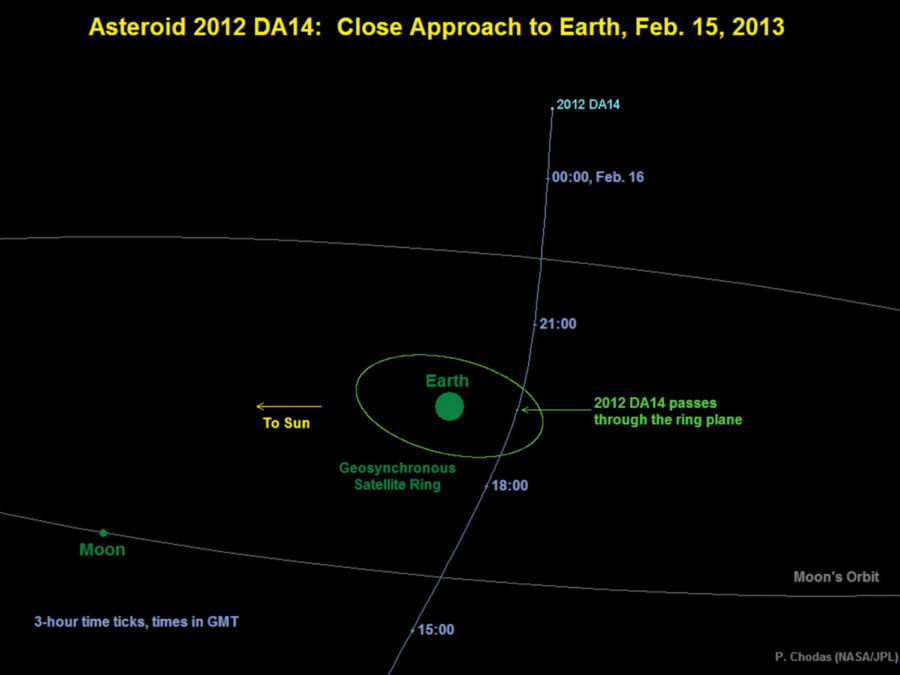Asteroids not unreasonable possibility on earth
February 28, 2013
In 1998, a movie about an enormous asteroid the size of Texas making its way toward Earth was released. Upon impact with Earth, this asteroid would destroy everything in its path and end civilization. This movie is called “Armageddon.”
However unlikely the plot of this movie may sound, experts in the field of asteroid deflection and the people of NASA know all too well that the basis for this movie may not be as far-fetched as people might think.
Professor Bong Wie is the director of the only Asteroid Deflection Research Center in the United States located at Iowa State.
As director of the Asteroid Deflection Research Center, Wie and his colleagues study the deflection of asteroids, or what NASA calls Near-Earth Objects, and come up with ways to deflect NEOs off their path in case one of them ever poses a potential threat to Earth.
All of the recent national attention concerning asteroids and meteors stems from the 55-foot long, 10,000-ton meteor that blasted through Earth’s atmosphere and exploded just above Russia on Feb. 15, 2013.
Only 16 hours later, an asteroid, this time about 50 yards long, missed Earth by about 17,000 miles, which is a relatively short distance when talking in space terms.
The amount of people injured by the shockwave from this meteor blast totaled 1,150; this was exactly the wakeup call that NASA needed to realize the potential threat of NEOs.
In the case of an asteroid heading toward Earth, Wie said the way they attempt to deflect the asteroid away from the planet would eerily resemble the way the world was saved in “Armageddon.”
“For the first time in human history, we may be able to use weapons of mass destruction to deflect, disrupt or fragment any incoming asteroid, if needed,” Wie said.
While sending an atomic bomb up into space to blow an incoming asteroid to pieces isn’t the only possible solution for making sure the asteroid doesn’t collide with Earth. Though depending on the amount of warning time NASA and other programs get, it may be the best option.
A medium-energy method of deflection could also be implemented. For this situation, warning time would be about five to 10 years for NASA and other involved programs to mount a mission.
A third option is using a giant reflector and a laser beam to slowly disintegrate the asteroid, but he said that this method would take years to complete.
“That method belongs to so-called low energy [methods] because the forces are so small, it will take many years of operation to move the asteroid far away from its original flight path,” Wie said.
Courses of action depend on time available.
“When we have a long warning time, on the order of decades, the low energy is pretty much what most people want to do,” said Brian Kaplinger, the lead research assistant on the primary NASA contract, and graduate student at Iowa State.
Kaplinger added that the National Research Council’s report recommends those three methods of deflection in various scenerios.
Regardless of which energy method is used to deflect an asteroid from impacting Earth, NASA and the Asteroid Deflection Research Center at Iowa State are working together to develop space technology to lessen the threat of impact from any asteroid and ensure the safety of all of civilization.







